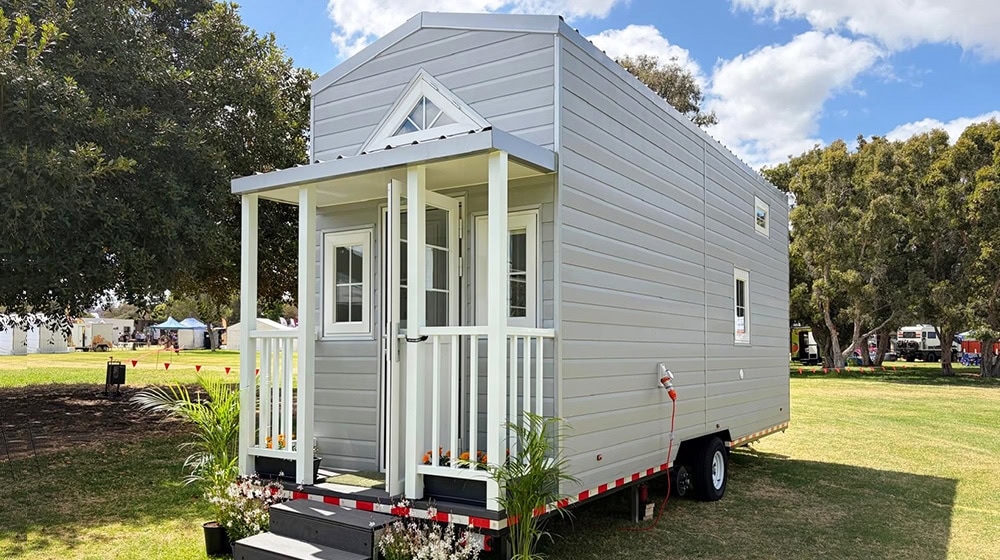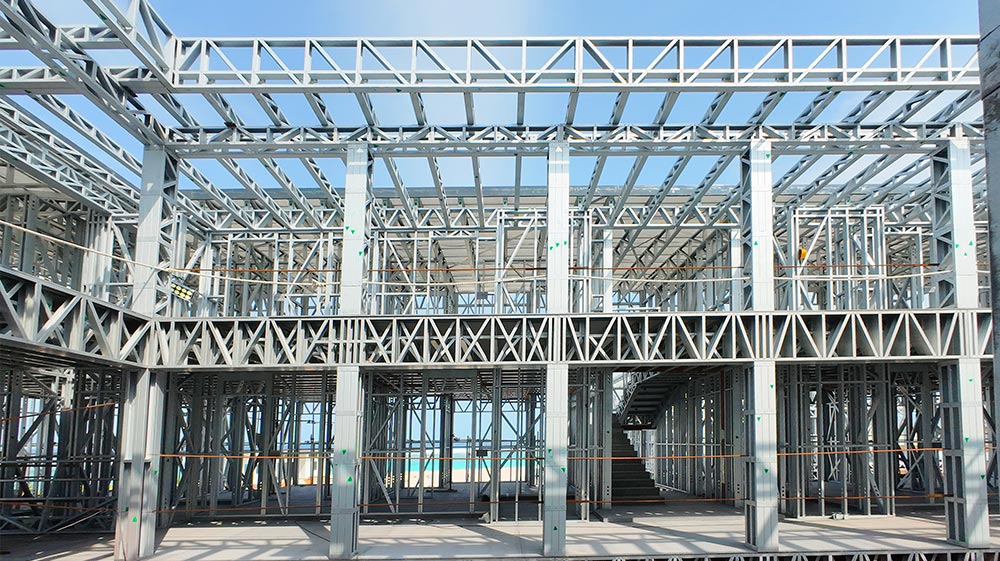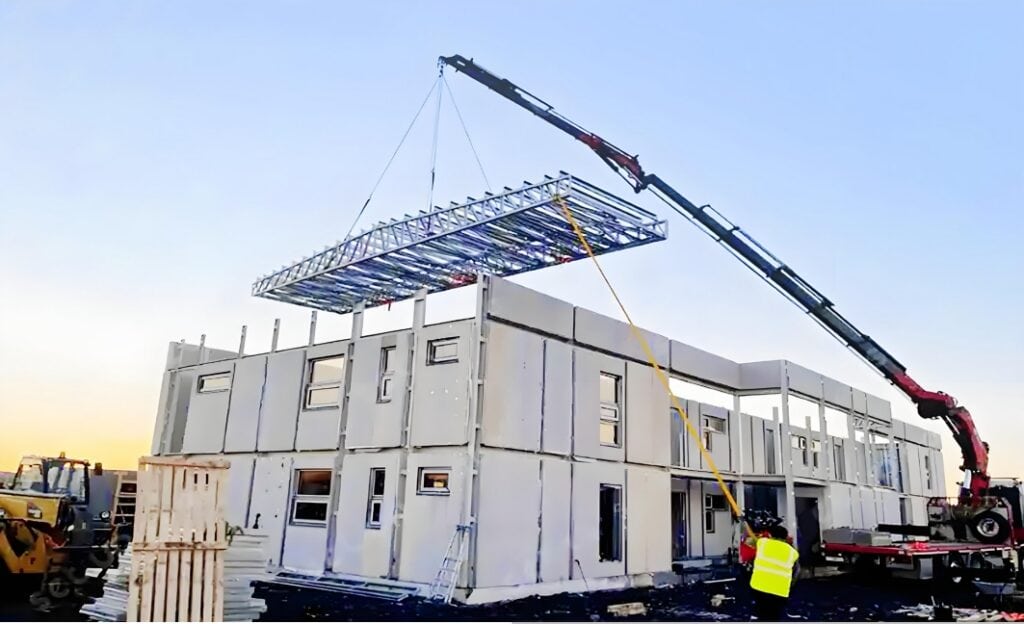In recent years, the popularity of mobile tiny homes has soared, attracting attention from a wide range of individuals. But what’s driving this trend? This blog delves into the reasons behind the increasing interest in mobile tiny homes, examining societal shifts, economic factors, lifestyle changes, and more.
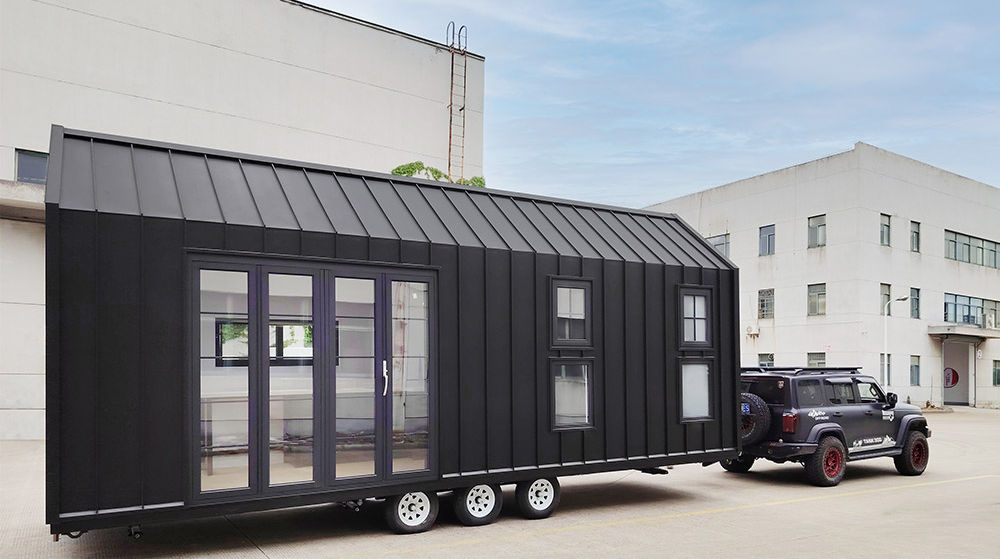
1. Societal Trends and Background
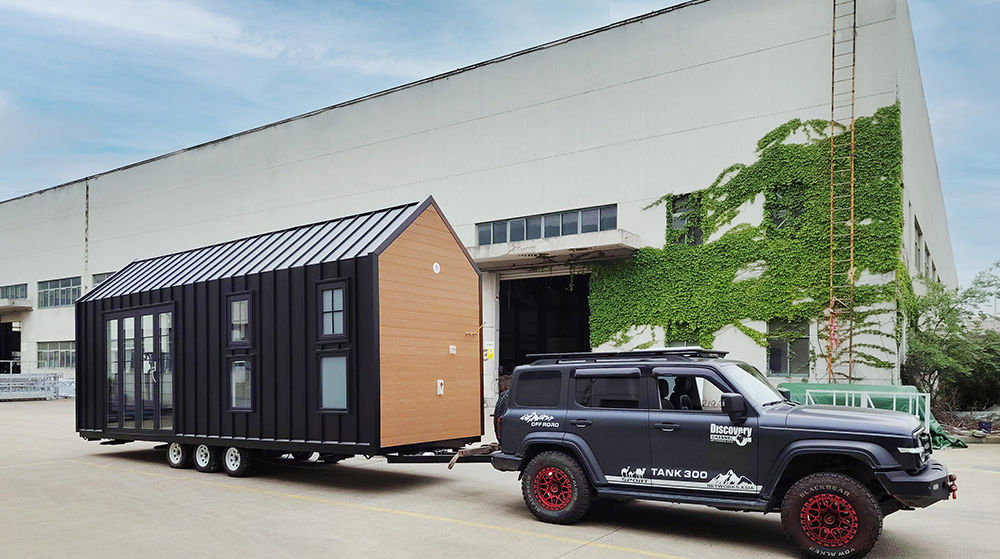
Housing Costs and Affordability
Housing prices and rental costs have been rising steadily in many cities, making affordable housing a critical issue. Mobile tiny homes offer a cost-effective alternative, providing flexibility and lower expenses compared to traditional housing.
Impact of the Pandemic
The COVID-19 pandemic has fundamentally changed how we live and work. Remote work has become the norm for many, reducing the need to live near city centers. This shift has made mobile tiny homes, which offer flexibility and lower living costs, an attractive option. Additionally, the pandemic heightened the desire for safe and private living spaces, which mobile tiny homes can provide.
Sustainable Living
With growing awareness about environmental issues, many people are seeking sustainable living solutions. Mobile tiny homes often incorporate energy-efficient designs and eco-friendly materials, appealing to those who prioritize sustainability. By reducing their carbon footprint, individuals find mobile tiny homes an ideal choice for eco-conscious living.
2. Lifestyle Changes
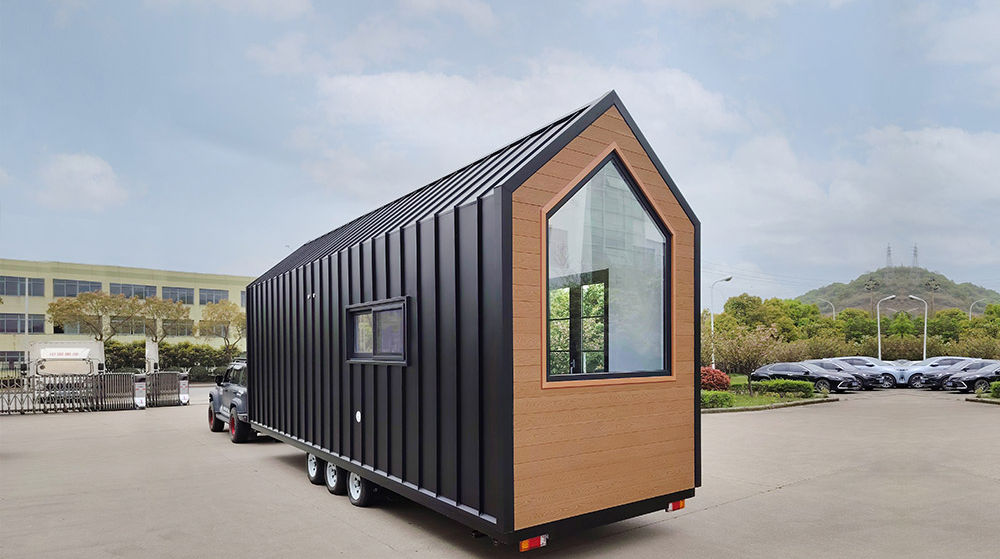
Embracing Minimalism
Minimalism has gained popularity, especially among younger generations who value simplicity and functionality over excess. The compact design of mobile tiny homes aligns perfectly with minimalist principles, offering a lifestyle that emphasizes quality over quantity.
Flexibility and Freedom
Mobile tiny homes provide unparalleled flexibility. They allow residents to move easily and explore new locations without the burden of traditional housing. This appeals to people who crave adventure and geographic freedom. Additionally, the lower cost of living in a tiny home can lead to greater financial freedom, enabling individuals to save money or pursue passions.
3. Market Demand and Supply
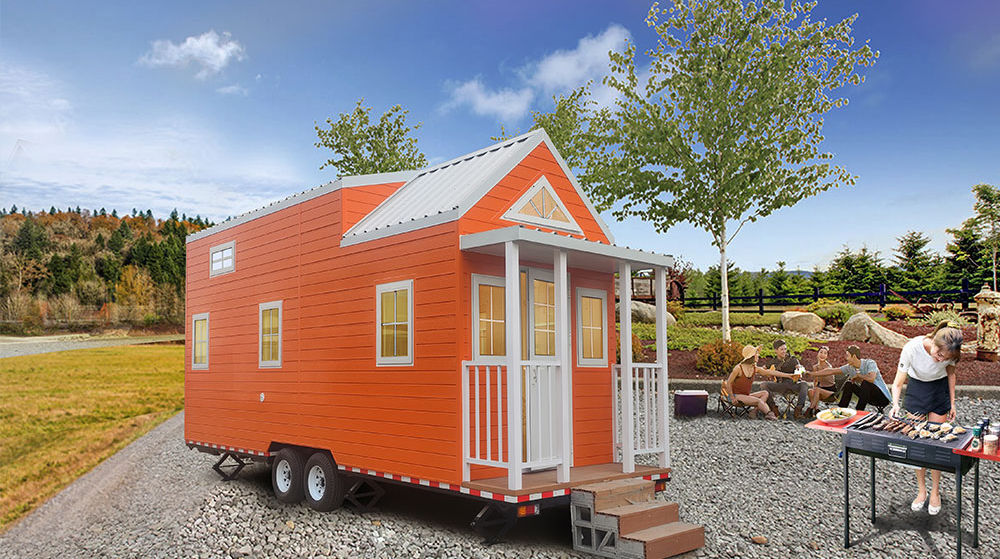
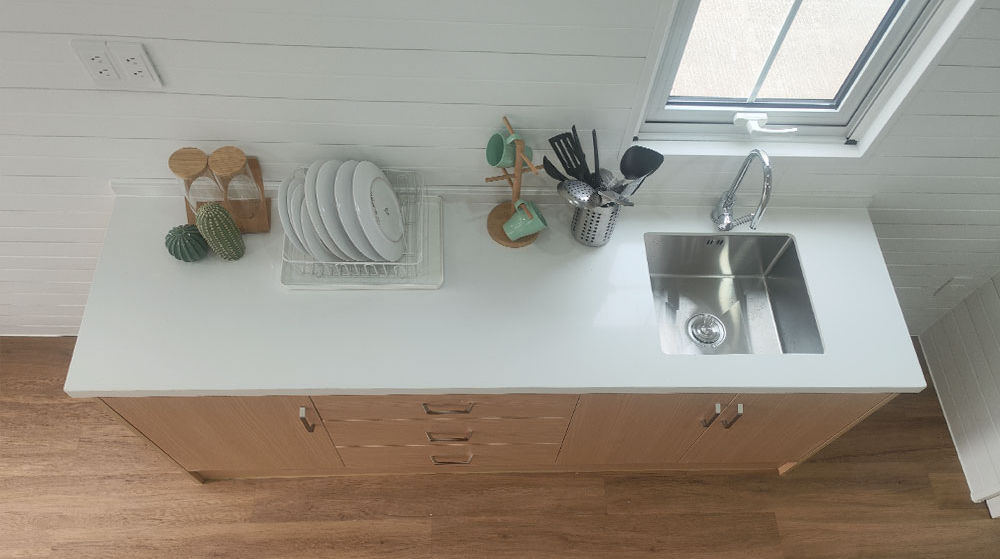
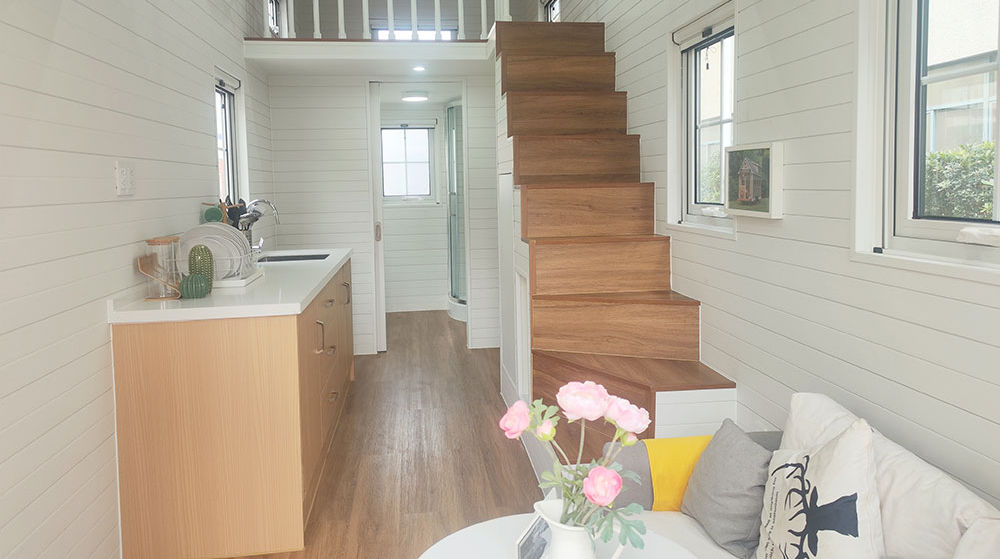

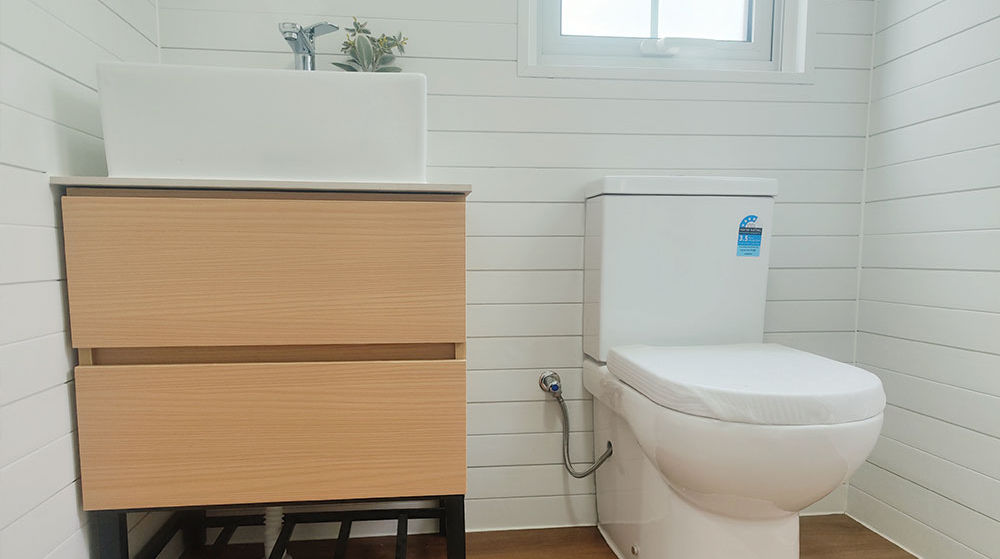
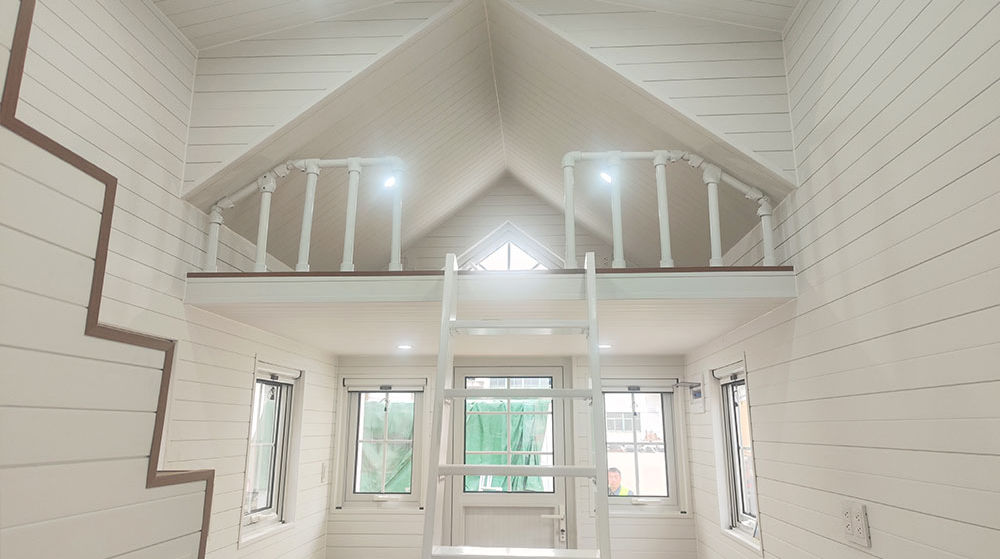
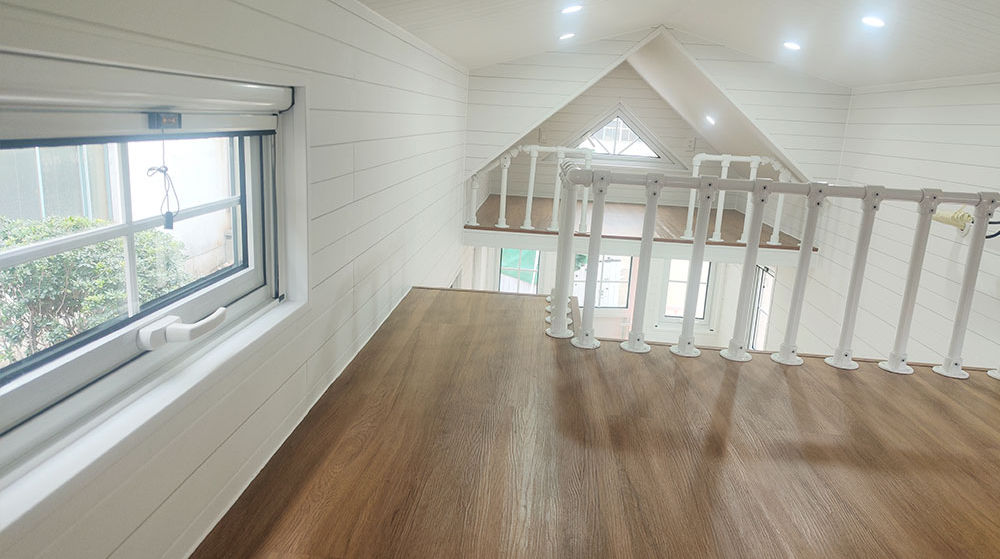
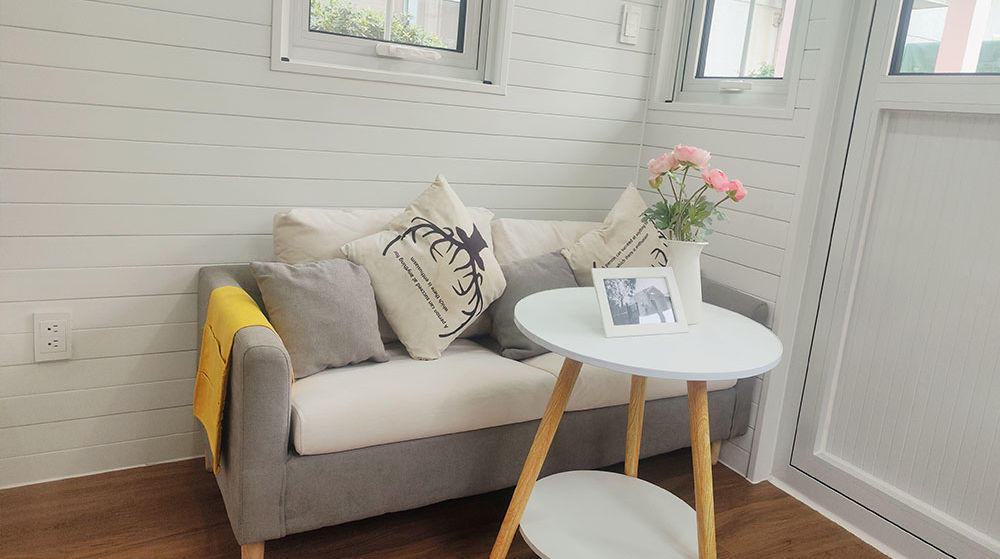
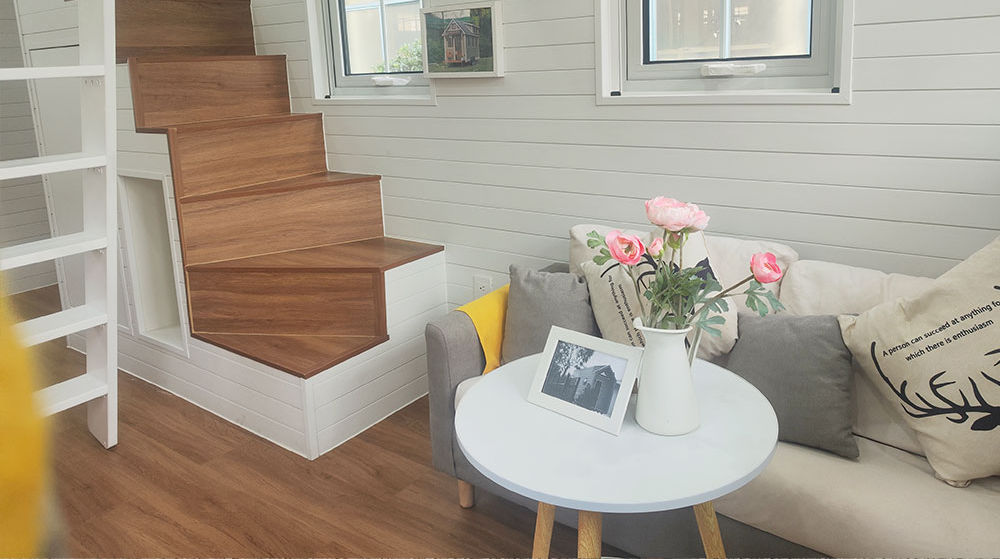
High Demand
The primary markets for mobile tiny homes include young professionals and retirees. Both groups seek affordable, flexible, and independent living arrangements. The demand from these demographics drives the popularity of mobile tiny homes.
Increased Supply
As demand grows, more manufacturers and suppliers enter the market, offering diverse designs and customization options to cater to different needs and preferences. This increased supply makes mobile tiny homes more accessible and appealing.
4. Media and Social Media Influence
Media Coverage
TV shows and documentaries featuring mobile tiny homes have significantly boosted public interest. Programs that showcase the benefits and lifestyle of living in a tiny home educate viewers and inspire them to consider this alternative housing option.
Social Media Impact
Platforms like YouTube and Instagram are flooded with content about mobile tiny homes. Influencers and content creators share their experiences and the unique aspects of tiny house living, drawing large audiences and generating widespread interest.
5. Policy and Regulatory Support
Relaxed Regulations
Some regions have started to relax building and zoning regulations for mobile tiny homes, making it easier for people to adopt this lifestyle legally. This regulatory support enhances the feasibility and attractiveness of mobile tiny homes.
Government Incentives
Governments encouraging sustainable housing solutions may offer subsidies or tax benefits for mobile tiny homes, further boosting their popularity.
Conclusion
The rising popularity of mobile tiny homes can be attributed to a combination of societal trends, economic factors, lifestyle changes, market dynamics, media influence, and policy support. As housing costs continue to climb and people seek more flexible, sustainable living options, the appeal of mobile tiny homes is likely to grow even further.
Whether driven by financial considerations, a desire for minimalism, or environmental consciousness, mobile tiny homes represent a significant shift in how people think about living spaces. They offer a practical, affordable, and flexible solution that meets the needs of a diverse and changing population.
Supporting Data Analysis
To further validate this analysis, we can leverage Google Trends data:
1. Housing Costs and Trends: Analyzing search trends for keywords like “housing prices” and “rent increase” can provide insights into the rising housing costs.
2. Remote Work and Pandemic Impact: Examining search trends for “remote work” and “COVID-19 housing trends” helps understand the pandemic’s influence on housing preferences.
3. Sustainable Living: Search trends for “sustainable living” and “reduce carbon footprint” reveal growing environmental awareness.
4. Media Influence: Trends for “tiny house show” and “tiny house Instagram” showcase the impact of media and social platforms on public interest.
These data points can offer a deeper understanding of why mobile tiny homes are capturing the interest of so many people today.
By exploring these factors, we can appreciate the diverse motivations driving the mobile tiny home trend and foresee its continued growth in the future.

